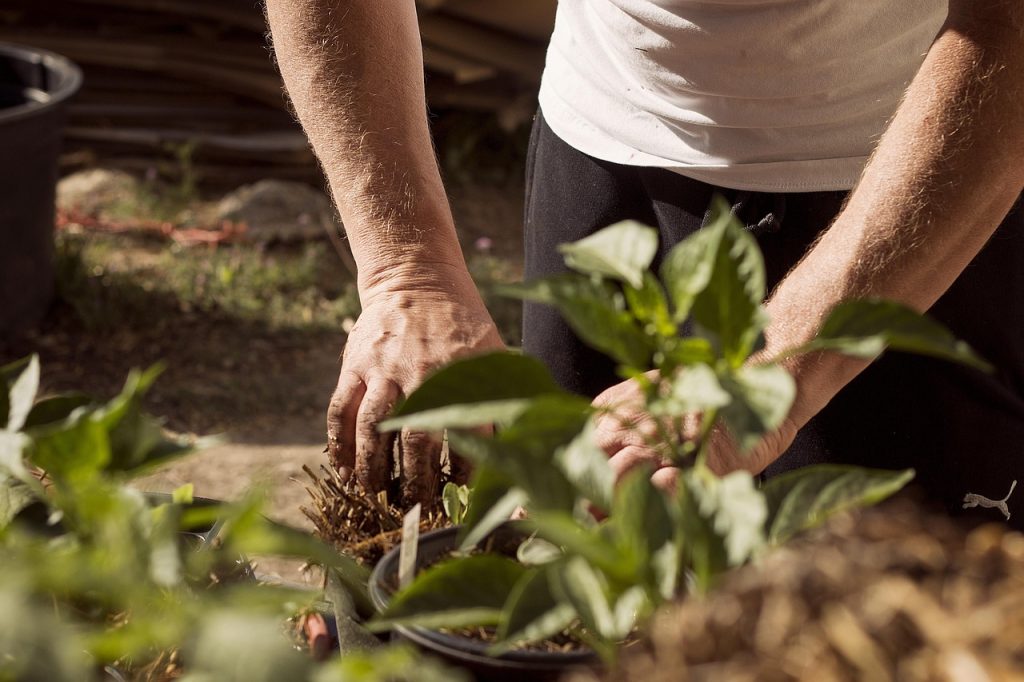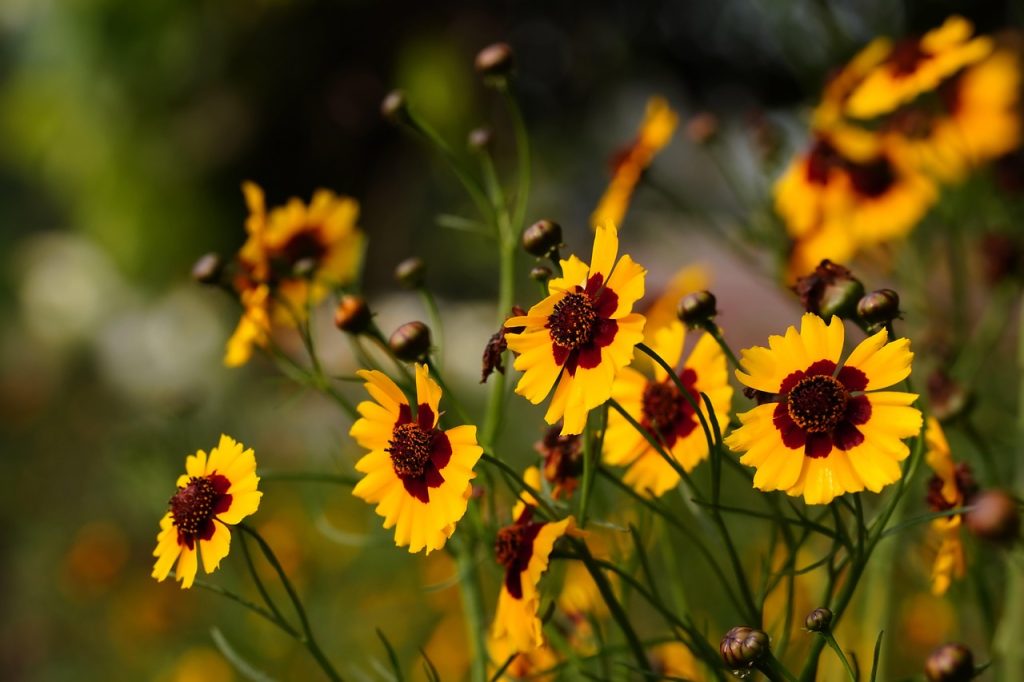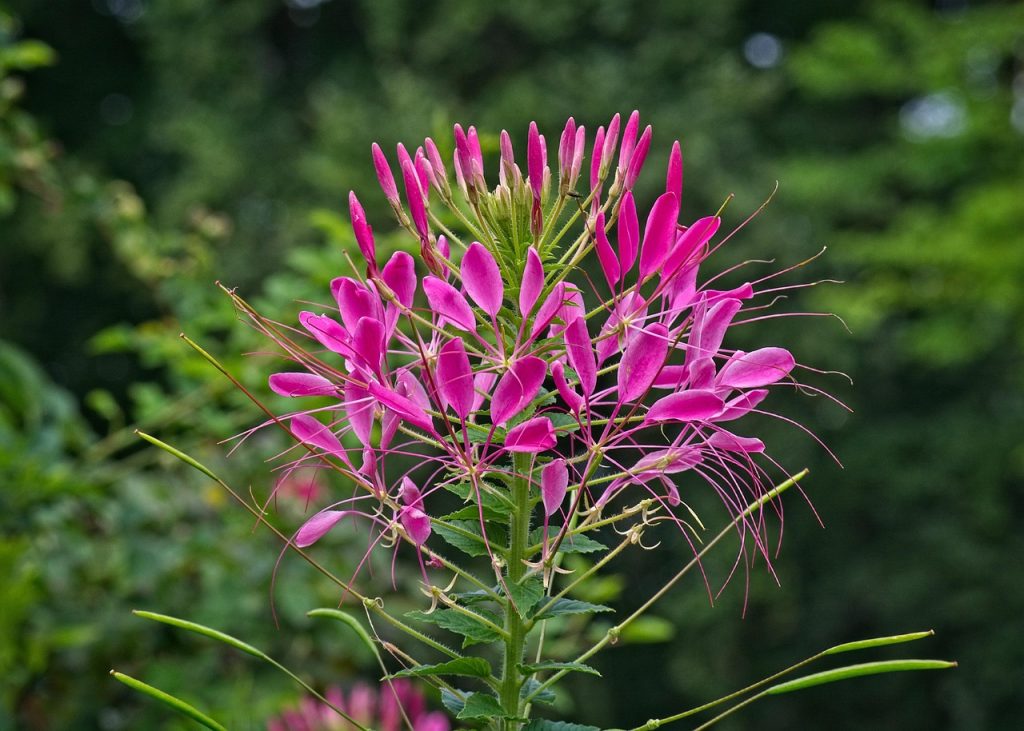Welcome to the enchanting world of outdoor gardening, a hobby that not only beautifies your surroundings but also offers mental and physical health benefits. Whether you have a sprawling backyard or a modest balcony space, understanding the essentials of outdoor gardening can transform your green space into a vibrant oasis. In this comprehensive guide, we will explore the various aspects of creating and maintaining a flourishing garden, from choosing the right plants to mastering the art of soil nutrition.

Choosing the Right Plants for Your Garden
One of the first steps in outdoor gardening is selecting plants that will thrive in your environment. This decision is critical because it influences not only the maintenance level but also the success of your gardening endeavors.
Consider Your Climate
Plants vary in their climatic requirements. Some thrive in warm, sunny conditions, while others prefer cooler, shaded areas. Research the climate zone of your area and choose plants that are best suited to the weather conditions.
Analyze Your Space
Space analysis involves understanding the light exposure, soil type, and available space in your garden. For instance, full-sun plants require at least six hours of direct sunlight daily, whereas shade plants thrive with minimal direct sunlight.
Plant Durability and Care
Some plants require more care and regular maintenance than others. If you’re a beginner or have limited gardening time, consider starting with hardier plant varieties that require less attention.
Soil Preparation and Nutrition
Soil is the foundation of a healthy garden. Proper preparation and ongoing soil care are key to nurturing strong and resilient plants.
Testing Soil Quality
Before planting, it’s advisable to test your soil to determine its type and nutrient levels. Soil tests are available at gardening centers and online, providing insights into pH levels and nutrient deficiencies.
Enhancing Soil Fertility
Depending on the results of your soil test, you may need to amend your soil to improve its fertility. Common soil amendments include compost, which enriches the soil with nutrients, and mulch, which helps retain moisture and suppress weeds.
Regular Soil Maintenance
Maintaining soil quality is an ongoing task in gardening. Incorporate organic materials like compost annually to keep the soil fertile and aerated. Also, rotate your crops and plants to prevent depleting the soil of specific nutrients.

Effective Watering Techniques
Watering your plants correctly is crucial for their health and growth. Overwatering or underwatering can lead to plant stress and disease.
Understanding Plant Water Needs
Each plant has specific water requirements. While some plants thrive with constant moisture, others prefer drier conditions. Understanding these needs can help you devise a watering schedule that keeps your plants healthy.
Effective Irrigation Systems
Investing in an irrigation system like drip irrigation can be highly beneficial for efficient water management. These systems deliver water directly to the base of the plant, minimizing evaporation and ensuring deep water penetration.
Monitoring and Adjusting
Regularly check the moisture level of your soil using a soil moisture meter or by simply using your finger. Adjust your watering based on seasonal changes and rainfall to ensure optimal plant growth.
Pest Management and Disease Prevention
Keeping pests and diseases at bay is essential for the health of your garden. Integrated pest management (IPM) strategies can help you manage these challenges effectively.
Identifying Common Pests and Diseases
Familiarize yourself with common garden pests and plant diseases in your area. Early identification is crucial for effective management and control.
Natural and Chemical Interventions
Consider using natural remedies, such as neem oil or insecticidal soap, before resorting to chemicals. If chemical treatments are necessary, use them responsibly and according to the manufacturer’s instructions to minimize environmental impact.
Preventative Practices
Healthy plants are less susceptible to pests and diseases. Regularly inspect your plants, remove any dead or infected parts, and ensure they are not stressed by poor nutrition or incorrect watering.
Garden Tools and Equipment
Having the right tools can make your gardening more efficient and enjoyable. Here’s a guide to essential gardening tools:
– Gloves: Protect your hands from thorns, chemicals, and dirt.
– Spade and Trowel: For digging and planting.
– Pruning Shears: Essential for cutting back bushes and deadheading flowers.
– Watering Can or Hose: For watering your plants.
– Rake: Useful for clearing leaves and debris.
Regularly clean and maintain your tools to keep them in good working condition and extend their lifespan.

Conclusion
Outdoor gardening offers a rewarding experience that enhances your outdoor space and can improve your overall well-being. By understanding the basics of plant selection, soil management, watering, and pest control, you can create a lush and sustainable garden. Remember, every garden is unique, so take the time to learn about your specific conditions and experiment with what works best for you and your plants.
FAQ Section
Easy-to-care-for plants such as sunflowers, marigolds, pansies, and tomatoes are great for beginners. They require minimal supervision and provide satisfying results.
The frequency of watering depends on your climate, soil, and plant types. Generally, watering once a week is sufficient for most gardens, but make sure to adjust based on weather conditions and soil moisture.
First, identify the symptoms and the possible diseases. Remove any severely affected parts or plants to prevent the spread. Improve air circulation around the plants, and consider using fungicides or other treatments recommended for that particular disease.